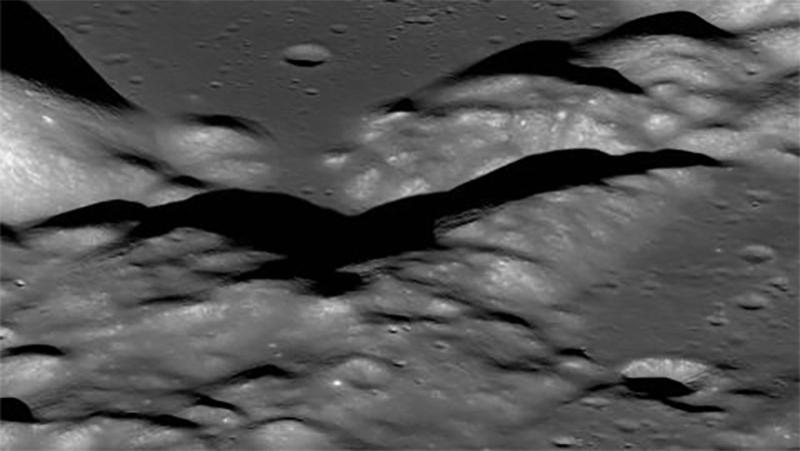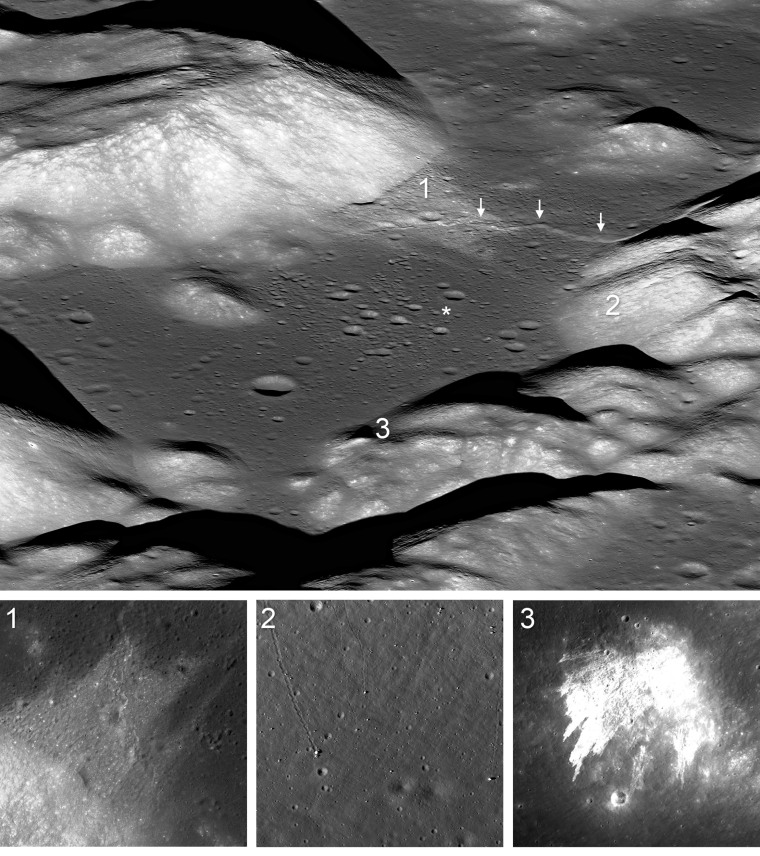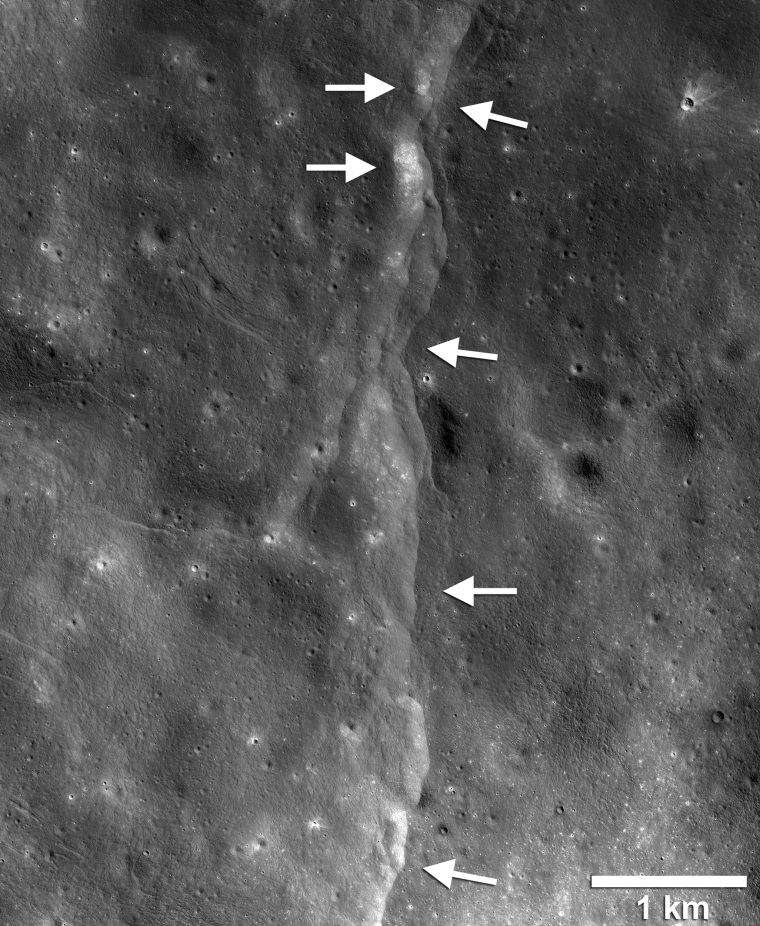The moon is shrinking, and a new study shows it's racked by moonquakes



The moon may look serene and unchanging from a distance. But we’ve known for years that it’s slowly shrinking, and a surprising new study suggests the change may be triggering seismic activity.
As its interior continues to cool and contract — it’s believed to have slimmed down by about 150 feet over the last few hundred million years — our solitary natural satellite is being rocked by moonquakes and its brittle, pockmarked crust crisscrossed by low ridges known as scarps, according to the research.
“One of the main perceptions of the moon for the past half century is that nothing interesting (besides asteroid or comet impacts ) has happened there for billions of years,” Geoffrey Collins, a geologist at Wheaton College in Norton, Massachusetts, and a co-author of the study, told NBC News MACH in an email. “I think the main takeaway is that the moon is still active today.”
The study was published May 13 in the journal Nature Geoscience .
Earth’s moon is the fifth largest in the solar system . With a circumference of nearly 6,800 miles, it’s 3.7 times smaller than our home planet. Scientists believe it was actually once part of Earth, having broken off after a collision with a Mars-sized space rock about 4.5 billion years ago. It’s been cooling slowly ever since, shrinking as its interior temperature dips.
For the new research, scientists at the Smithsonian Institution, NASA’s Marshall Space Flight Center and three other institutions took a fresh look at data from four lunar seismometers deployed by NASA astronauts during the Apollo missions of the 1960s and ’70s .
 The Taurus-Littrow valley is the location of the Apollo 17 landing site (asterisk). Cutting across the valley, just above the landing site, is the Lee-Lincoln fault scarp. Movement on the fault was the likely source of numerous moonquakes that triggered events in the valley. NASA/GSFC/Arizona State University/Smithsonian
The Taurus-Littrow valley is the location of the Apollo 17 landing site (asterisk). Cutting across the valley, just above the landing site, is the Lee-Lincoln fault scarp. Movement on the fault was the likely source of numerous moonquakes that triggered events in the valley. NASA/GSFC/Arizona State University/Smithsonian
Using an algorithm designed to find the locations of quakes from limited data, the researchers mapped 28 moonquakes that the seismometers recorded from 1969 to ’77. Then they cross-referenced the epicenters of the quakes with super-detailed images of the moon taken by NASA's Lunar Reconnaissance Orbiter (LRO) spacecraft.
The scientists found that eight of the moonquakes originated near scarps, which are known to form when adjacent pieces of lunar crust along a fault line push up against each other. And six of the quakes occurred when the moon was close to apogee, the point in its orbit around Earth when it’s farthest from our planet and subjected to moon-shaking stress from its gravity.
On the basis of these findings, the researchers concluded that the eight quakes were likely triggered by movements of the lunar crust. Their finding was supported by a computer simulation and by the LRO images, which showed fallen boulders and other signs of recent seismic activity.
 This prominent lunar lobate thrust fault scarp is one of thousands discovered in Lunar Reconnaissance Orbiter Camera images. NASA/GSFC/Arizona State University/Smithsonian
This prominent lunar lobate thrust fault scarp is one of thousands discovered in Lunar Reconnaissance Orbiter Camera images. NASA/GSFC/Arizona State University/Smithsonian
“What we didn't know was how recently the young faults had been active,” Thomas Watters, a senior scientist at the Smithsonian Institution’s National Air and Space Museum in Washington, said in an email. “That was a surprise!”
"I think it is a great start at explaining the origin of shallow moonquakes" shown by the Apollo seismometers, Clive Neal, a moon researcher and Notre Dame engineering professor who was not involved with the study, said of the research in an email. "We had no clue what caused these."
The findings could someday help guide the placement of future moon settlements far away from moonquake-prone areas, he added.
Both Neal and the researchers said more seismographs will be needed if scientists are to gain a better understanding of seismic activity on the moon, which NASA says will have human visitors again by 2024 . In the meantime, Watters and his colleagues plan to compare images of the moon’s surface from different years to see how the scarps evolved over time.
Tags
Who is online
50 visitors

Funny how we are still yielding findings from our visits so long ago. Imagine if we continued.
I know! Pop would have loved this.
On a somewhat related side note, while packing up my parent's house I found an old briefcase of Pop's that contained information regarding some of his work on the space shuttle. It had 'classified' stamped on every page. Coincidentally, 'classified' was the only word I understood in any of it.
So the time share arrangement on our moon condo isn't, for the long term a good idea?
Enoch, researching a shady glen investment property on Mercury.